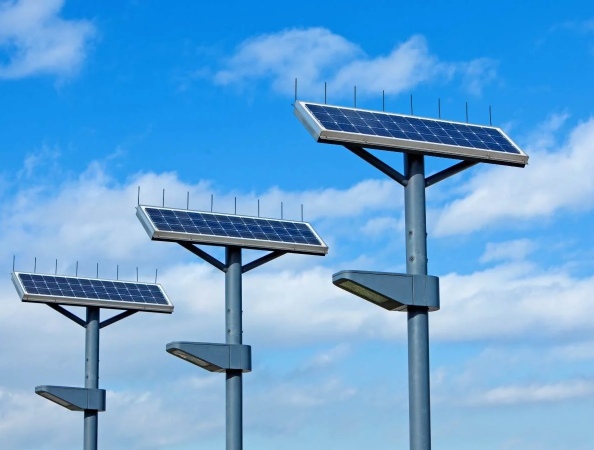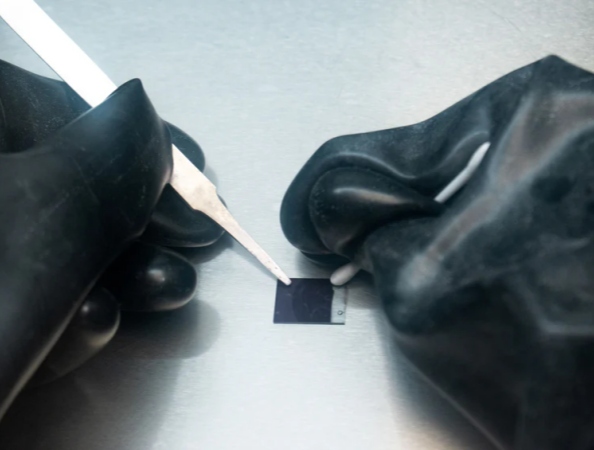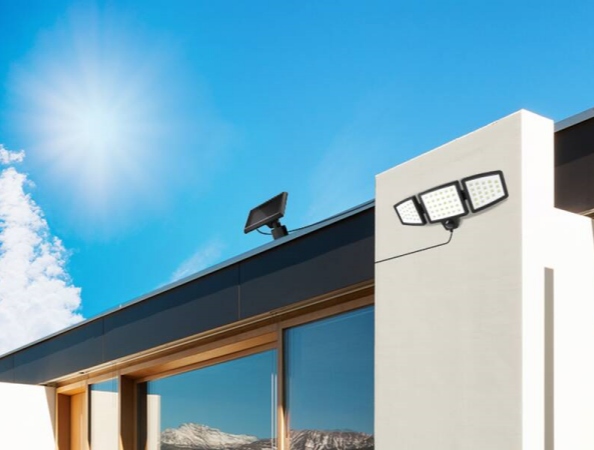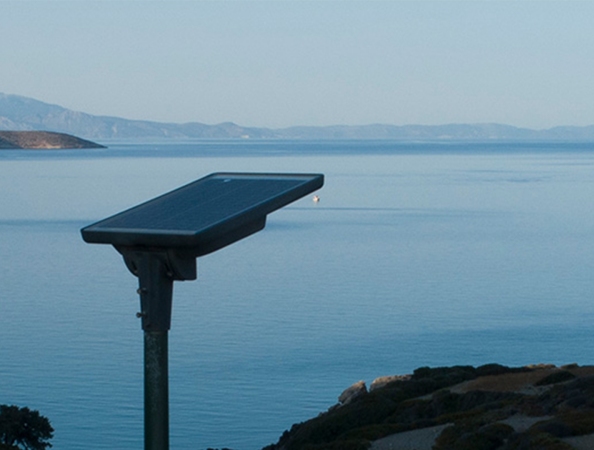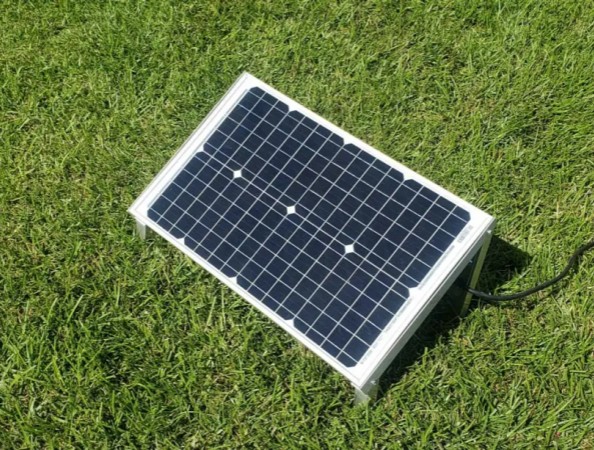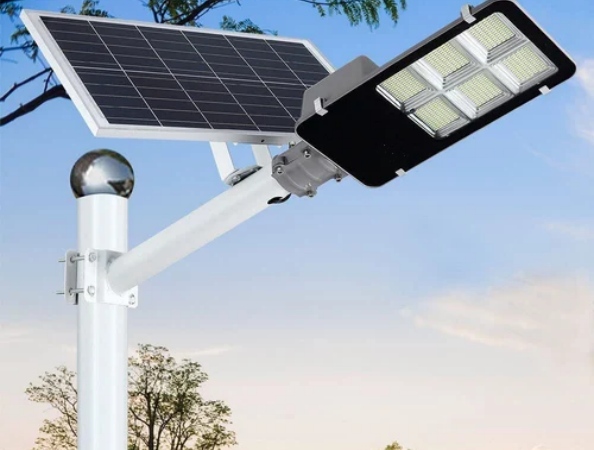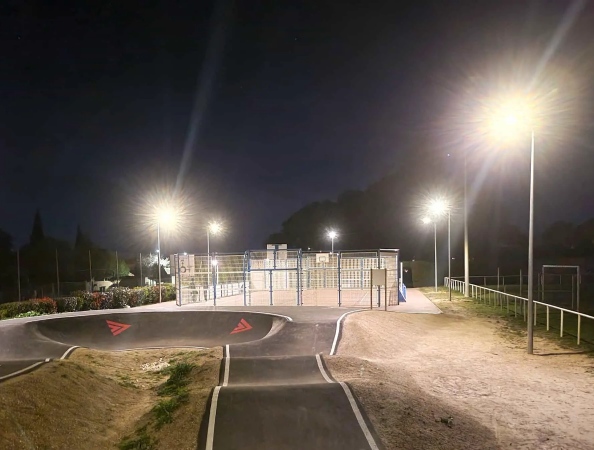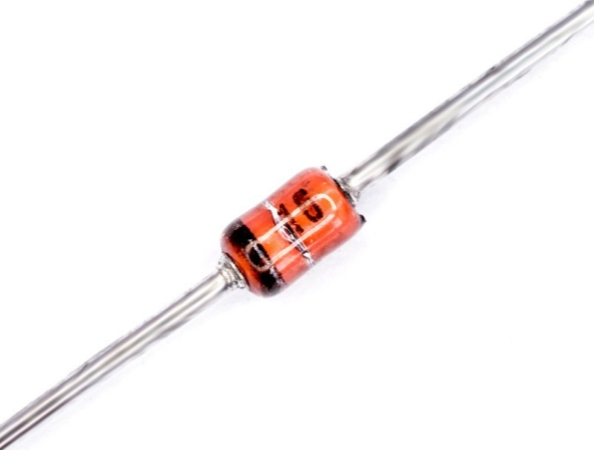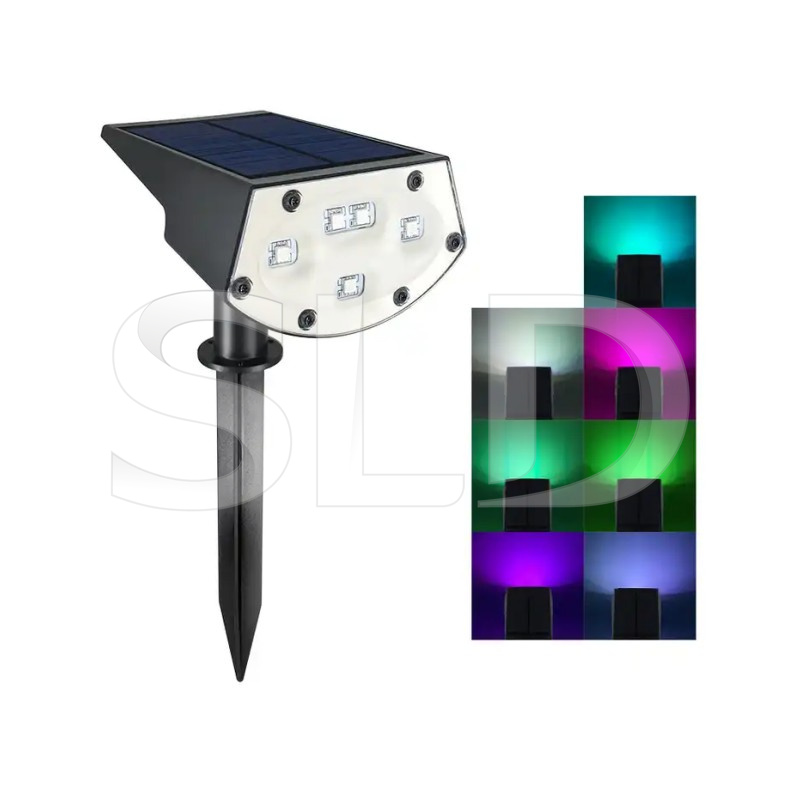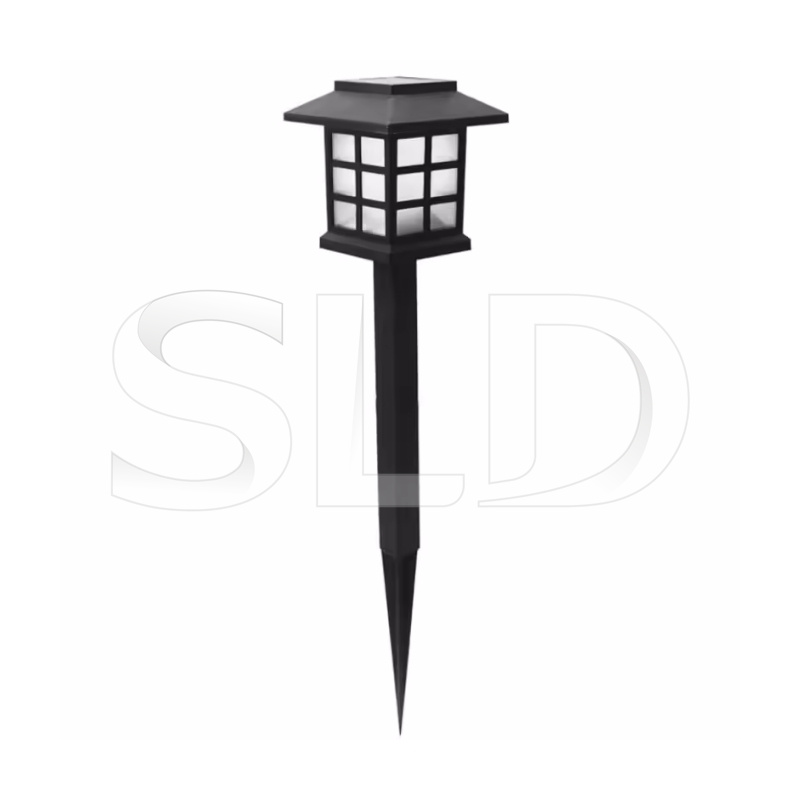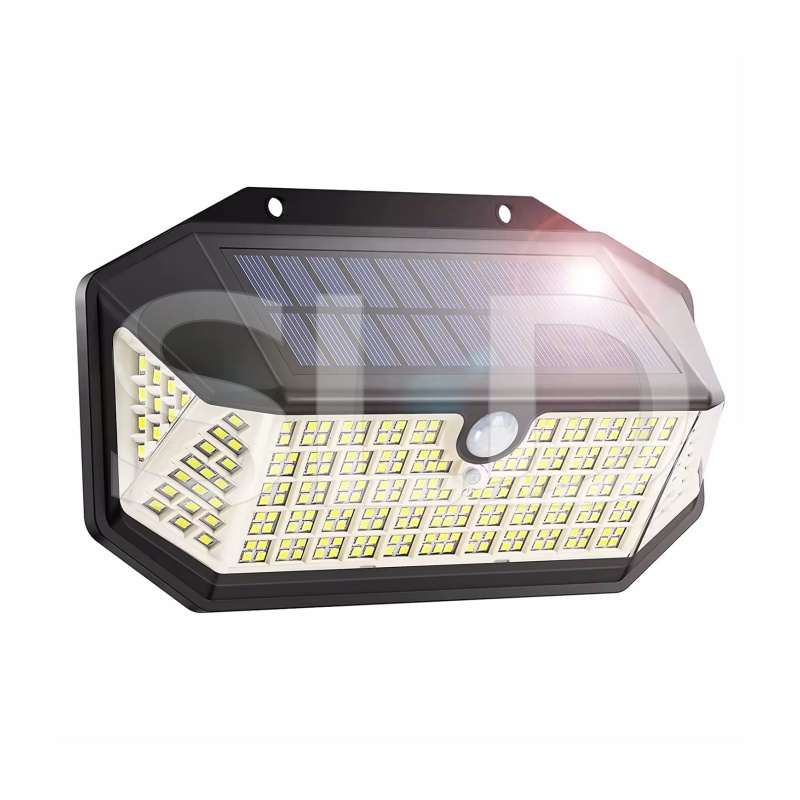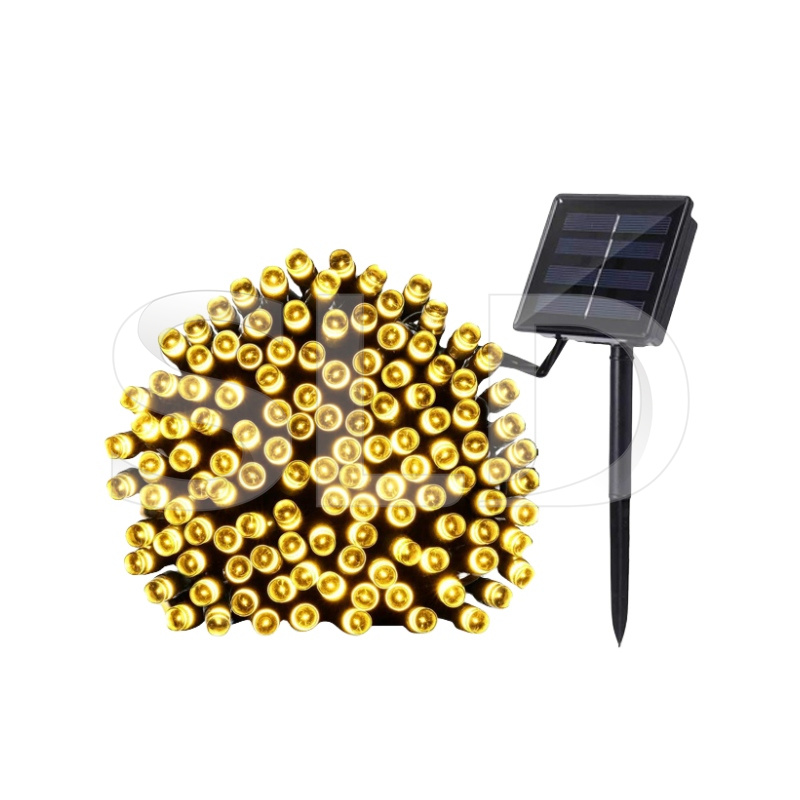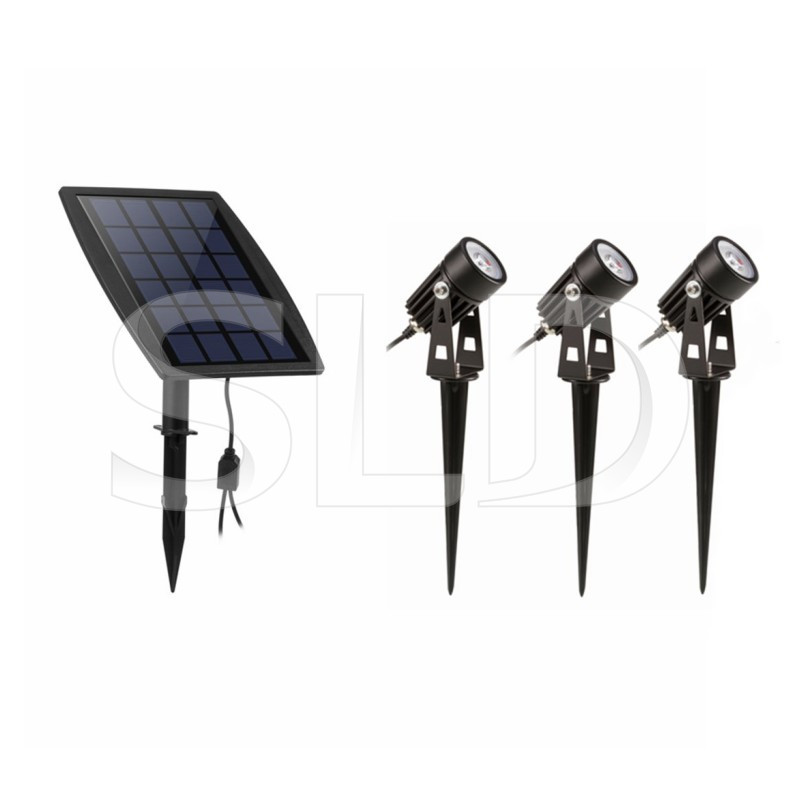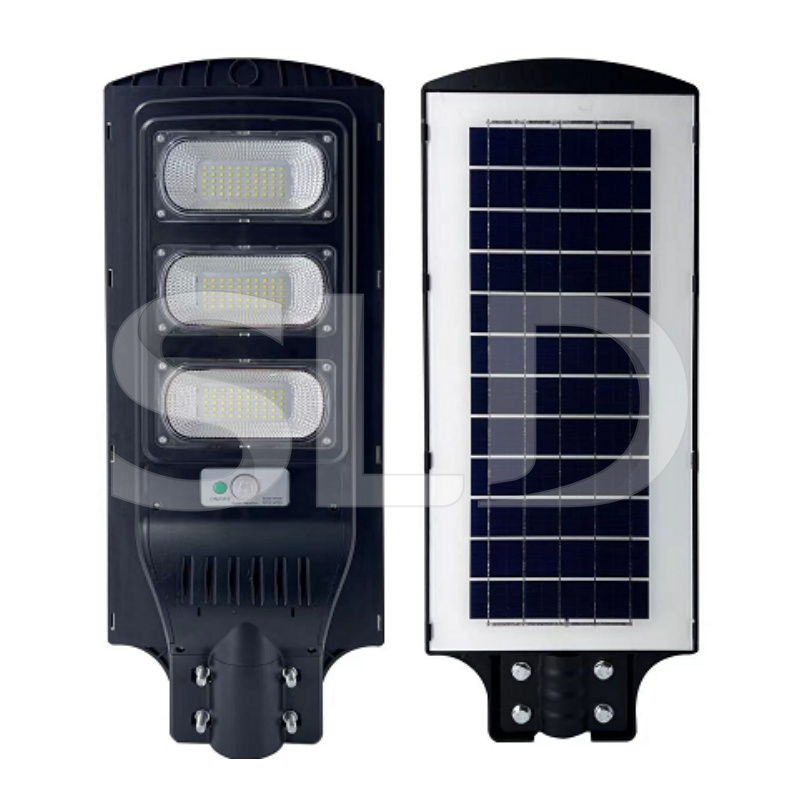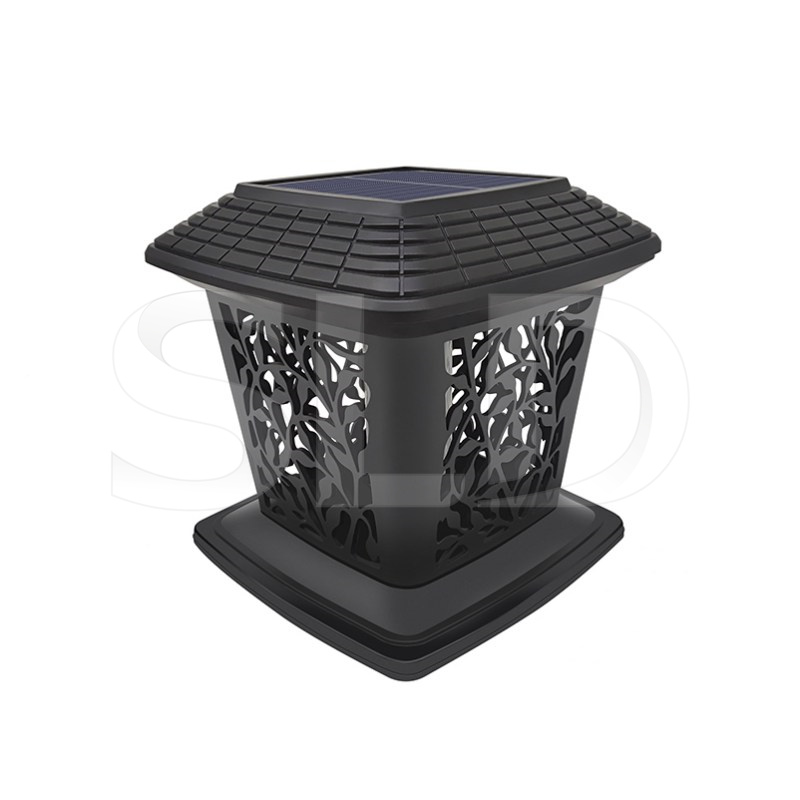Effective thermal management is essential to prevent overheating and protect the internal components of solar lights. Exposure to direct sunlight, high temperatures, and extreme weather can lead to reduced efficiency and lifespan if heat is not properly managed. By implementing effective thermal control, solar LED lights can deliver reliable performance and remain operational for extended periods. One of the most critical components affected by temperature is the solar panel. While photovoltaic (PV) cells convert sunlight into electricity, their efficiency decreases as temperatures rise. Excessive heat can lower the panel’s voltage output, reducing the amount of energy generated for storage in the battery. To counter this, many solar lights incorporate reflective materials or coatings to reduce heat absorption, while some designs use heat sinks or ventilation mechanisms to dissipate excess heat. Battery life is also significantly influenced by temperature. Lithium-ion batteries, commonly used in solar powered lamps, can degrade faster when exposed to prolonged heat, leading to a decline in storage capacity and charge cycles. To extend battery life, manufacturers often house batteries in shaded, ventilated compartments or use thermal insulation materials. Smart battery management systems (BMS) further help by monitoring and regulating temperature to prevent overheating, ensuring the battery performs optimally in various conditions. Finally, the LED and electronic control components also require effective heat management. LEDs, which emit light in solar fixtures, are sensitive to high temperatures and may experience reduced brightness and lifespan if consistently overheated. Integrating aluminum or ceramic heat sinks near LED modules helps conduct heat away from the diodes, maintaining their efficiency and color quality. Together, these thermal management strategies safeguard the key components of solar lights, enabling sustainable, long-lasting, and energy-efficient performance. SLD, Solar Lights Do, is a company that specializes in manufacturing and selling high-quality solar lights. We offer a wide range of efficient and durable solar lighting solutions designed for outdoor use. If you're interested, please visit us at www.solarlightsdo.com.
View More
what are you looking for?













